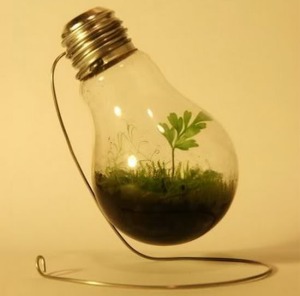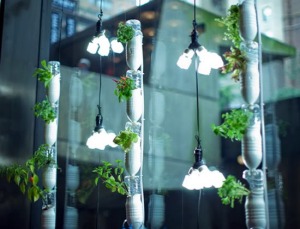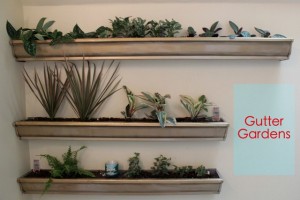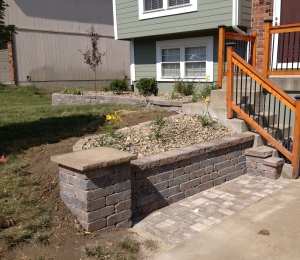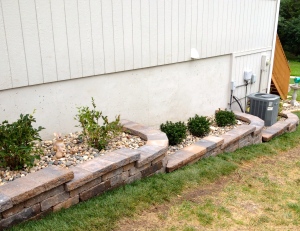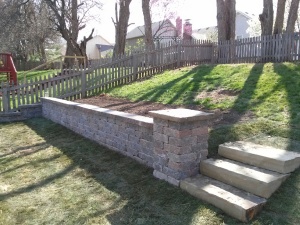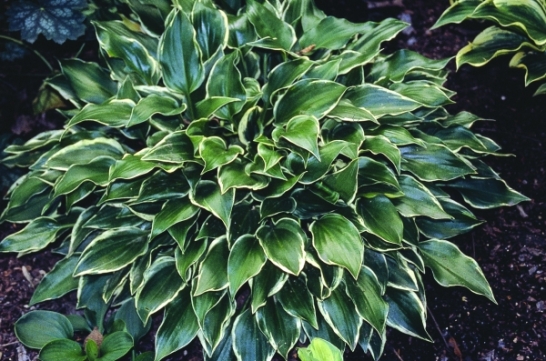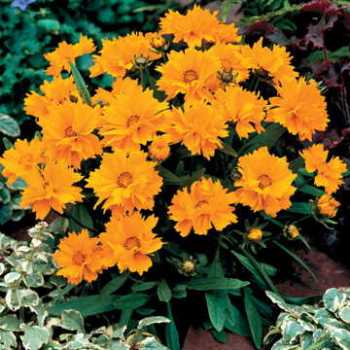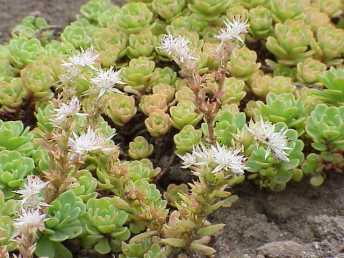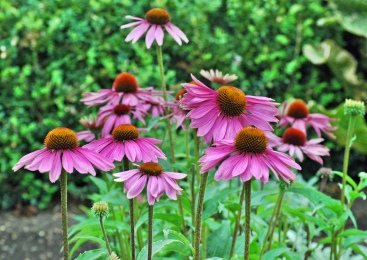by Ross Harris
How many times have you noticed that it’s not just you who likes the plants in your landscape? We’re not talking about your pets, your neighbors, or your other family members. No, we’re talking about other less-than-savory pests. Fleas, rabbits, whiteflies, moths, ants, flies, mice, rodents, and other insects can be attracted to the plants around your home.
Generally, these common pests are not wanted around homes. But did you know that you can use landscaping to keep these critters, creepers, and crawlers away from your home? It’s true! That’s what we’re here to help with. We want you to know which plants keep pests away, and which plants can attract beneficial insects.
Pests are called such for a reason. They’re pests. They pester. See the connection? Depending on the pests you have invading your landscape, you’ll want any of these pest repelling plants:
Basil repels flies, and is best when kept around your kitchen, by a window sill, or even on your porch.
Catnip repels mosquitos, but it does so at a cost. You may have guessed it. It is a major attraction for neighborhood cats. Depending on your personality this could be a good thing, or if you’ve ever seen a cat’s reaction to catnip video on YouTube, it could be a hilarious thing.
Artemesia (as well as sagebrush and wormwood) are powerful plants that repel 4 pests at once. Those repelled include ants, whiteflies, moths, and mice.
Marigolds are useful for repelling insects in general, and they look good. Not a bad deal.
Garlic plants are useful for repelling rabbits, and other insects. Rabbits are cute, and cuddly, but they can do a lot of damage to a landscape. Best to keep them away.
Spearmint is another plant that repels multiple pests at once. Ants, fleas, moths, and rodents dislike this plant.
Now that we know some plants that repel pests, let’s look at the plants that attract beneficial insects:
Bachelor’s Buttons plants attract lacewings, ladybugs, as well as beneficial wasps.
Sweet Alyssum plants attract flower flies, which are a predator of many other harmful pests.
The Borage plant is useful for attracting lacewing insects, which are known predators of aphids, and other pests.
Anise Hyssop attracts butterflies and bees. Always useful company to have around when pollination is a priority of yours. Do use caution if you are allergic to bees.
Golden Marguerite attracts lacewings, ladybugs, and flower flies.
Ornamental Grasses are useful not only for their aesthetic, but for the way they attract ladybugs, and ground beetles.
This list is not comprehensive, but it’s a place to start!
Thanks for reading, and have a blessed day!
For more tips:


